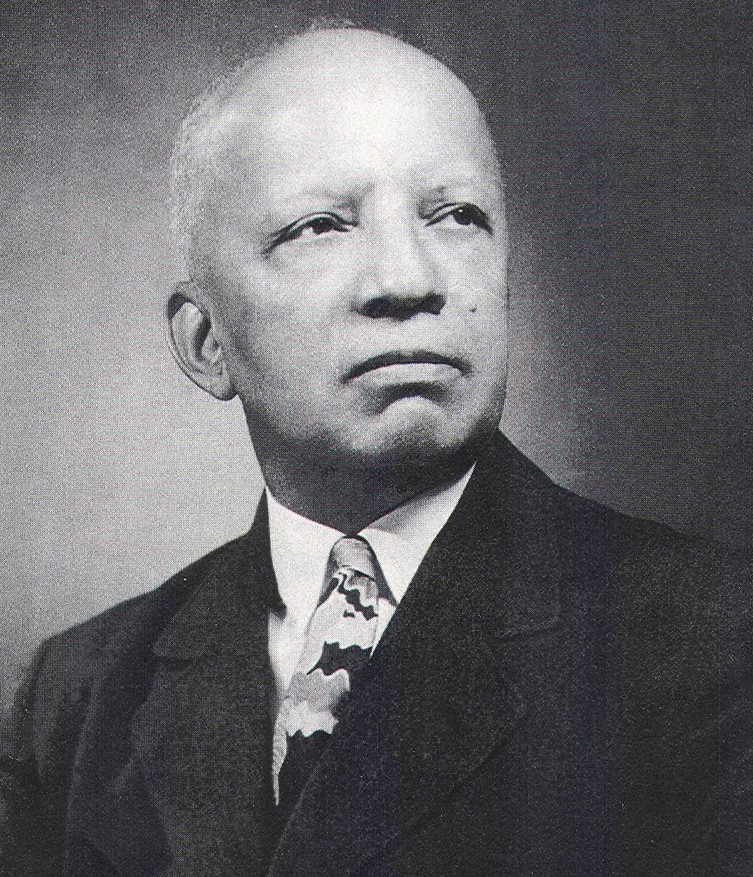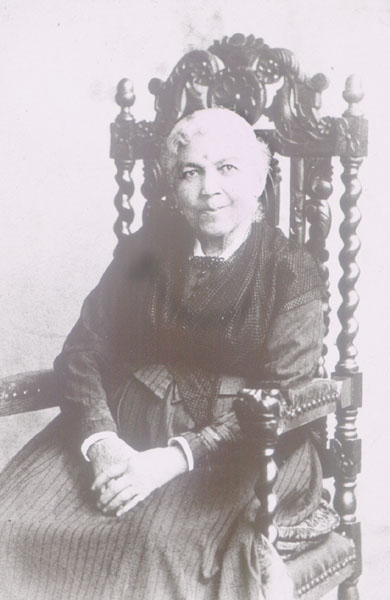"This wretched situation was again aggravated by the galling of the chains, which now became insupportable, and the filth of the necessary tubs [toilets] into which the children often fell and were almost suffocated. The shrieks of the women and the groans of the dying rendered the whole a scene of horror almost inconceivable."--Olaudah Equiano, from The Interesting Narrative of the Life of Olaudah Equiano or Gustavus Vassa the African (London, 1789; Cited by American Abolitionist).
One of the earliest first-hand accounts of slavery and the Middle Passage, Olaudah Equiano's Narrative has been credited by Dr. Gates, et al. with forming the 'prototype' of the traditional slave narrative. Equiano's project was intrepid and groundbreaking not simply because it was one of the earliest records of chattle slavery in the New World, but because it is among the first to counter the popular concept that the Bible justified of slavery. Instead, Equiano's account promotes Abolition as part of the true and genuine Christian mission.
The accuracy of Equiano's account of his earliest years in Africa among the Ibo people is presently the debate among scholars. However, as Gates points out, Equiano presents his recollections (however fictional or true), as an allegory that exacts a 'moral judgment' against the cruelty, barbarism, and blind ethnocentrism of the European. "Africa for Equiano," our editors explain, "was neither spiritually benighted nor socially backward; in his portrayal, the African world exists as a moral judgment against the 'polished and haughty European' who becomes the chief target for the author's criticism in the first few chapters of the Narrative (188). What emerges in the first few pages of Narrative is not simply the author's call to be recognized as a human being worthy of social enfranchisement; nor is it simply an assertion of the author's ability to articulate himself to the world. It is an historical record of the Triangle Trade and Middle Passage; it is an autobiographical account of one man's assertion of his own dignity; and it is an indictment of one of the world's most enduring blights against humankind, penned in the King's own English.
The Middle Passage
The term "Middle Passage" describes the capture, forcible removal, and transport by the thousands of African slaves across the Atlantic to the New World. During the infamous "Triangle Trade" which persisted from the sixteenth until the middle-nineteenth centuries, ships traveled from Europe bearing raw materials, such as "rum, brandy, cloths, beads and guns" to trade along the West African coast for Africans who were forced to work on plantations. Competition among Europeans for production of these goods raised the demand for labor. From there, traders herded slaves into tightly-packed barracks, where they were denied nourishment, treated with despicable brutality, and conditions were so deplorable that pestilence was rampant. These ships sailed forth to ports where were their human cargo was forced to labor on the sugar, cotton, and tobacco plantations of the Caribbean and coastal U.S.

By the time
Olaudah Equiano penned his memoir, The
Interesting Narrative of the Life of Olaudah Equiano, "the English
slave trade had a figure of 53,000 slaves a year being shipped to the North
American continent"(Credit is due this site). The Triangle
Trade continued, albeit illegally, until after the outbreak of the Civil War.
The Interesting Narrative of the Life of Olaudah Equiano, or Gustavus Vassa, the African, Written by Himself
Equiano's Narrative, for some scholars, has been the product of both the author's memory and his imagination. Some scholars argue that his memories of childhood among the Ibo people are far too vivid for a young child of six to have retained. Whatever the case may be, Equiano's Narrative serves as one of the earliest documents of life before, during, and after captivity. His depictions of the early slave-traders who kidnapped him are vital to understanding the psychological and emotional trauma of the captive, along with the author's vivid descriptions of the slave ship.
Equiano spent only a portion of his life in captivity, however. He became a free adult, and he enjoyed a long and happy marriage. Unlike his literary progeny, Equiano whole-heartedly embraced European culture and dress, the Queen's English, and a decidedly western lifestyle. However, his adoption of all things western does not remove him from the roster of protest writers.
His Narrative reads much like a Travelogue--those volumes published by wealthy landowners and dignitaries who traveled abroad and documented what they witnessed taking place in new bustling American colonies or of so-called "primitive" societies in the islands or in Africa. Equiano's delivery in his Narrative allows some distance between the author and what he describes and further allows the reader to critically and objectively observe the experiences he includes.
To appreciate more fully the document he provides, one must consider the political, literary, and historical movements that were taking place at the time of Equiano's publication. In literature, the Romantic poet, William Blake's Songs of Innocence and of Experience--an illustrated collection of poems was published by its author in 1789. In this volume, the poet explores the "two contrary states of the human soul" (1). Blake's volumes, too, emerged from a period of national fervor: the spirit of independence--with an emphasis on human freedom--hung heavily in the air.
On a national scale, the U.S. had just emerged from a war against England for its independence. Slave narrativists began to speak out for their own humanity in view of whites who had just recently asserted their own autonomy. The Age of Enlightenment--a philosophical movement influenced the thinking of the day, and dictated the centrality of human beings and the potential of human endeavor.
Still, the Bible and religion were important influences. While defenders of the institution of slavery would vehemently use the bible to justify slavery (myth of Ham/Cain), Equiano paints us a portrait of his life that can be read as a biblical allegory that traces an idyllic Eden to a harrowing Fall from Grace. Adam and Eve had tasted the fruit of knowledge and as a consequence bore the cruelties of the world; though young Olaudah Equiano had no knowledge of sin, his sin seems to have been his complexion, according to his captors. As a result, his existence swiftly changes from the relatively palatable life he spent in Africa to the hell of slavery in the Americas.
However one wishes to gauge Equiano's accuracy, his Narrative remains one of the few surviving impressions of humanity's cruelty in the slave trade. He was among the first to publish an account that emphasized the humanity of the African, and to counter contemporary assumptions that those of darker ethnicities were by default, inferior in all ways. Most of all, his memoirs demonstrate the endurance and resilience of one who was forced to accept the King's English, and, without blinking, donned those western accoutrements to undermine those who would attempt to render him voiceless.
To get a better understanding of the historical events that led up to slavery in the Americas, follow the link provided here.













